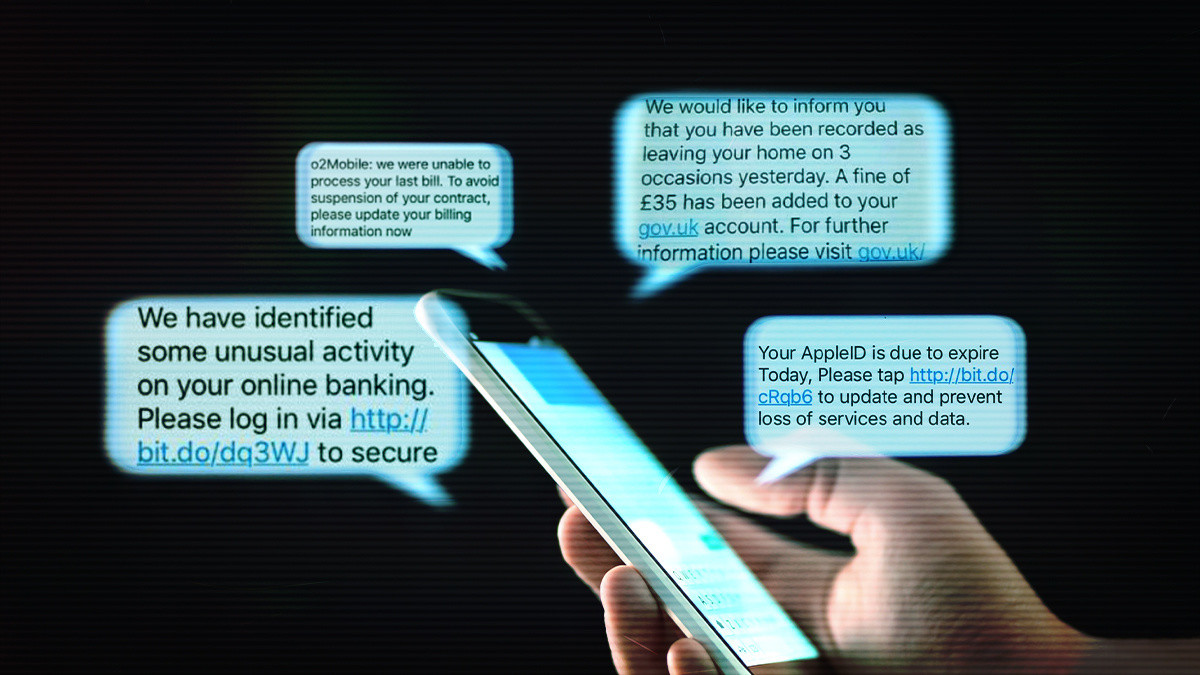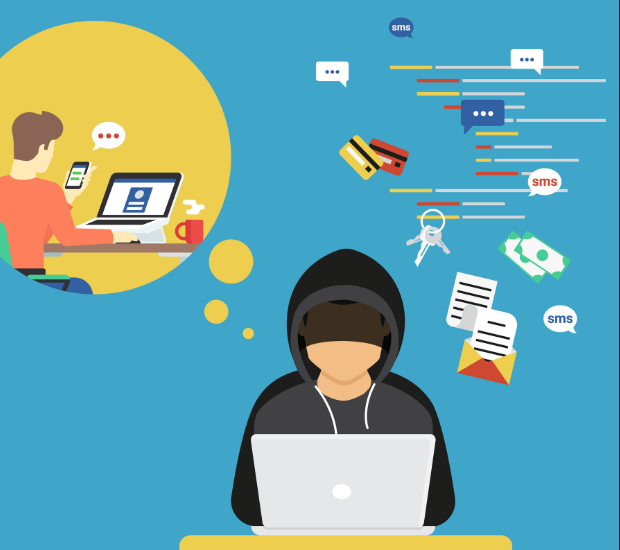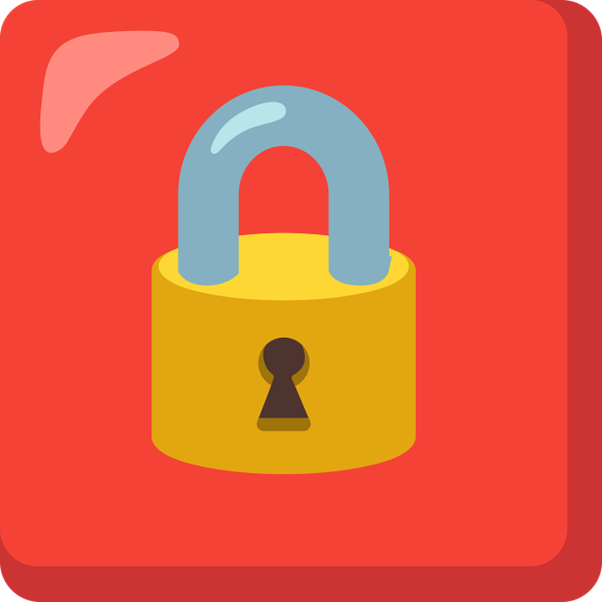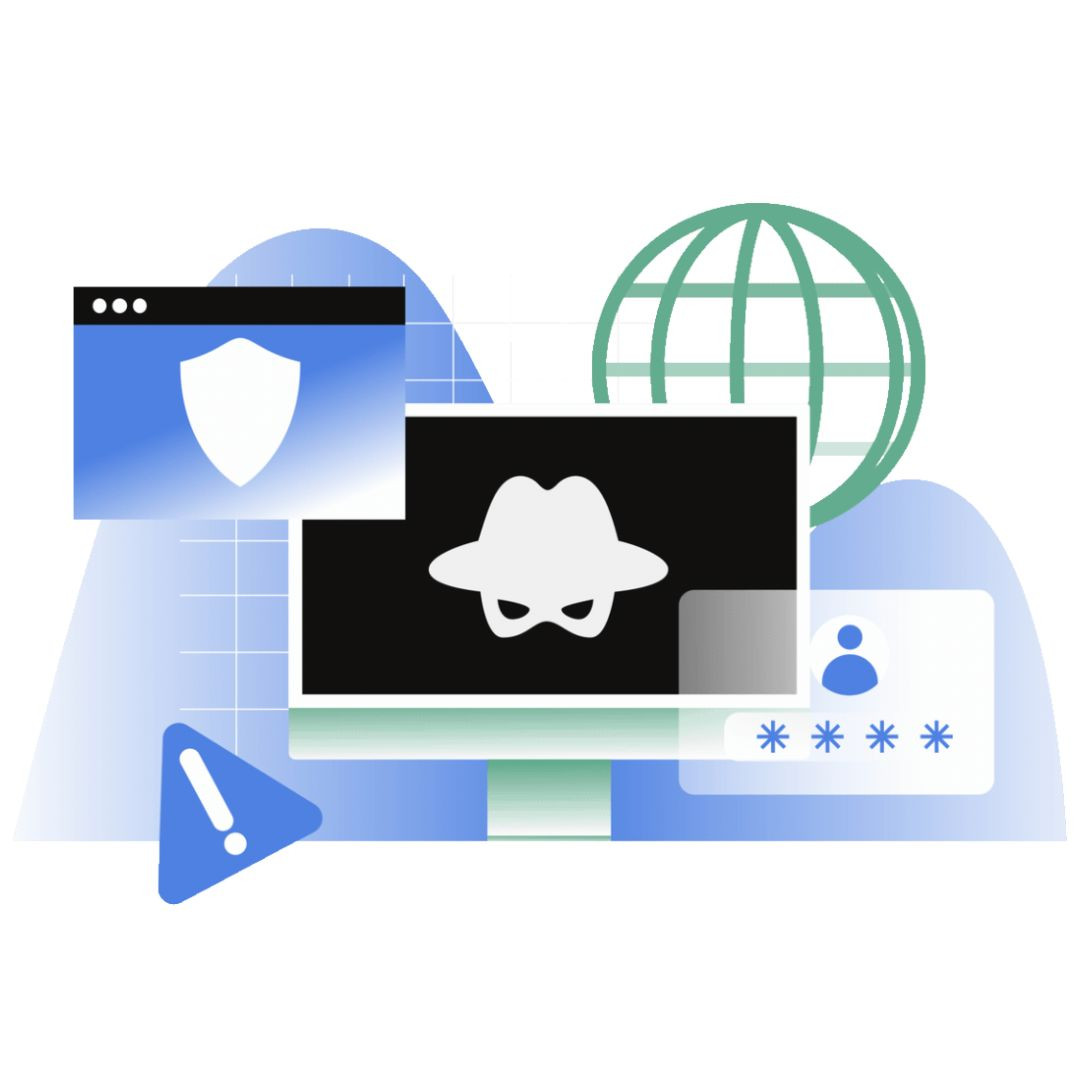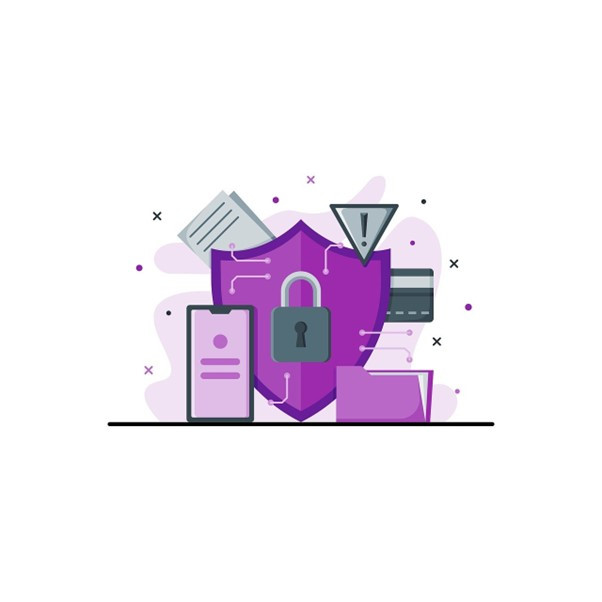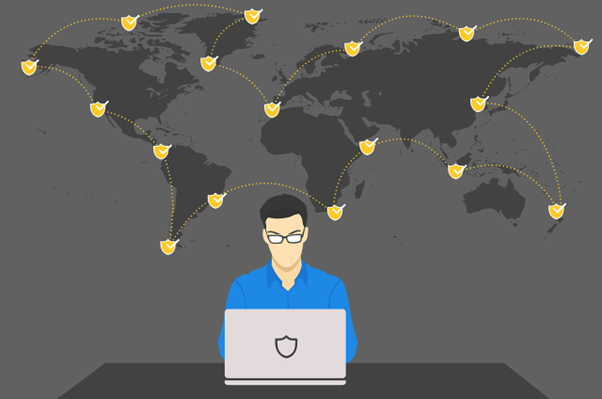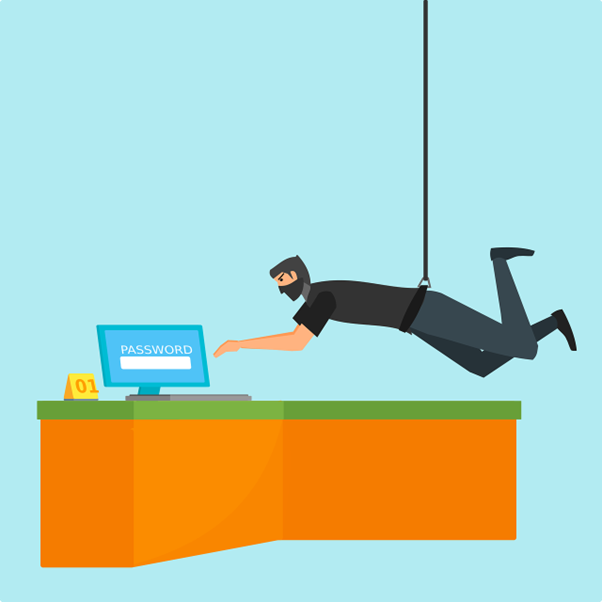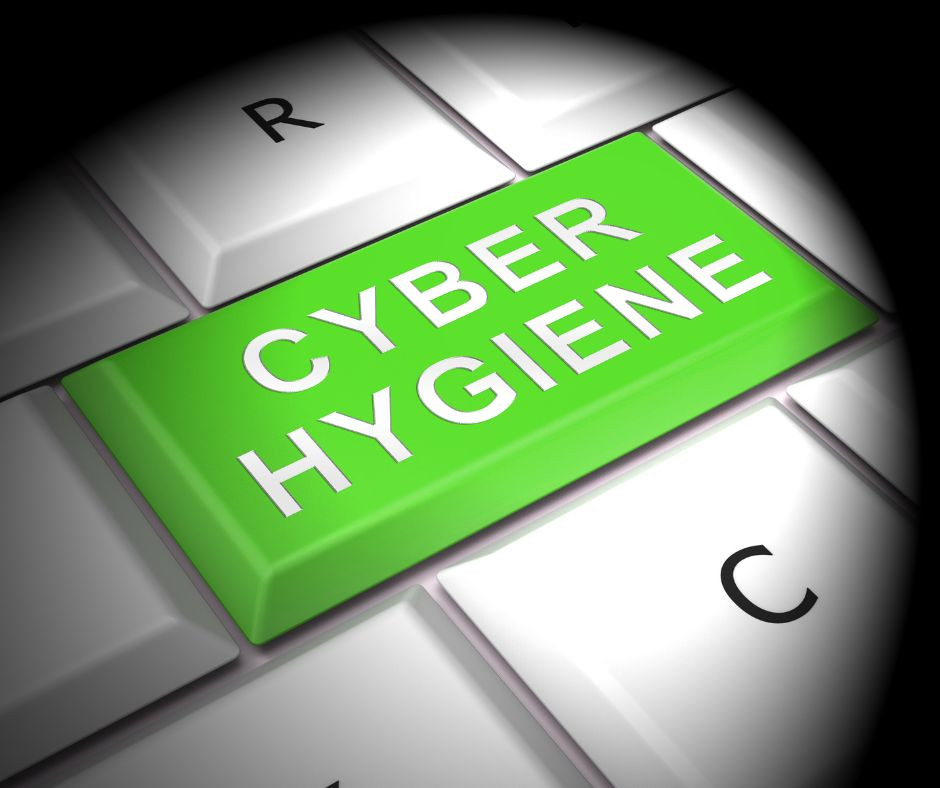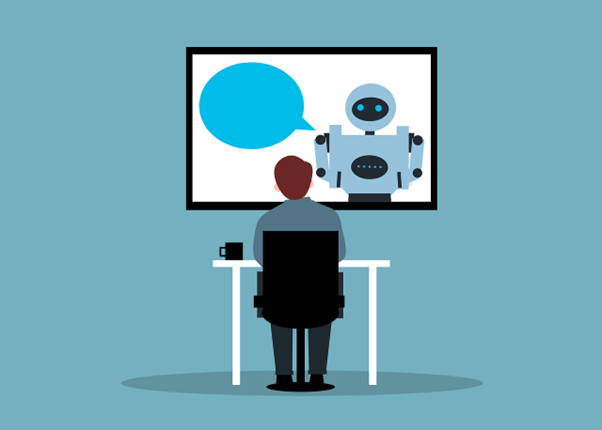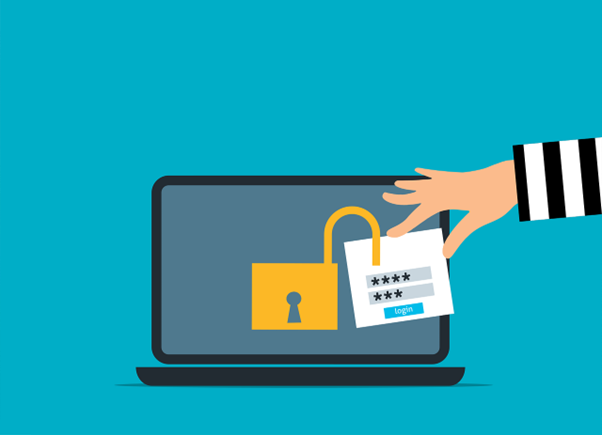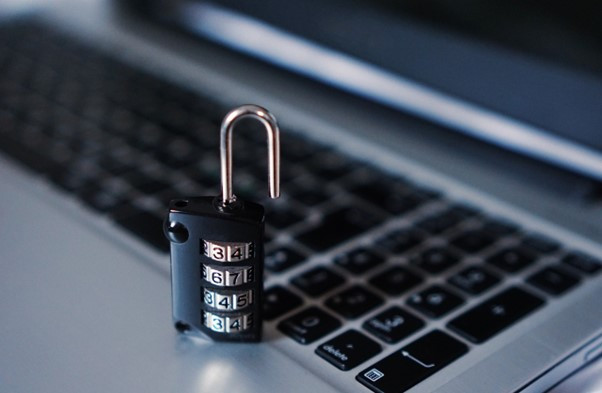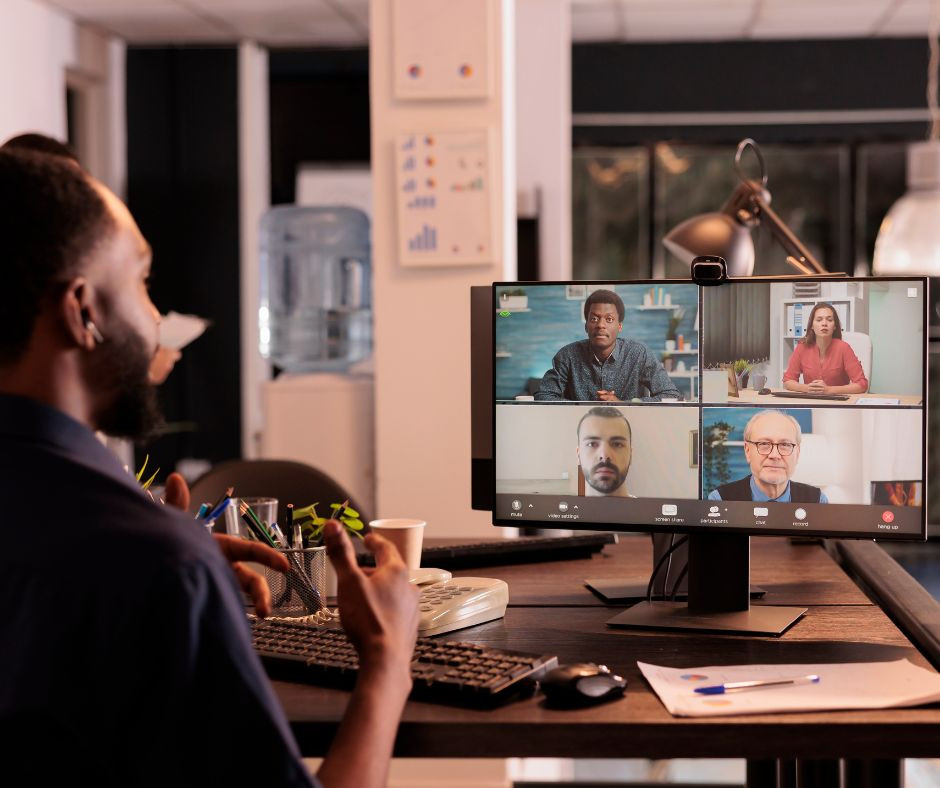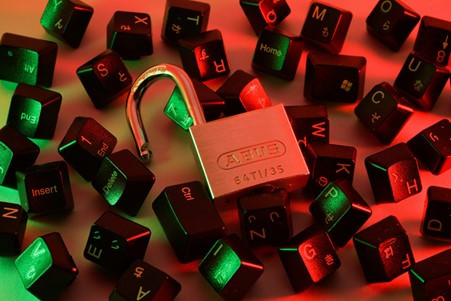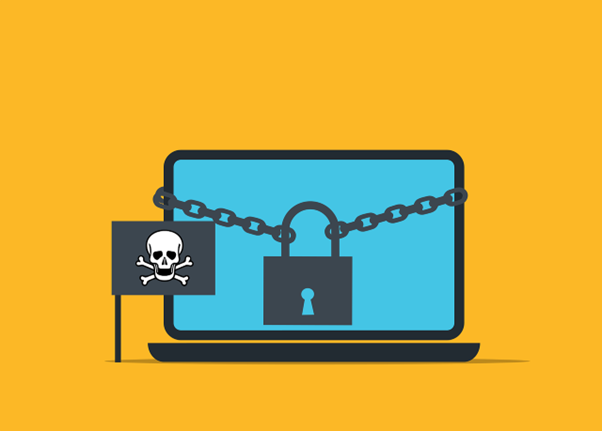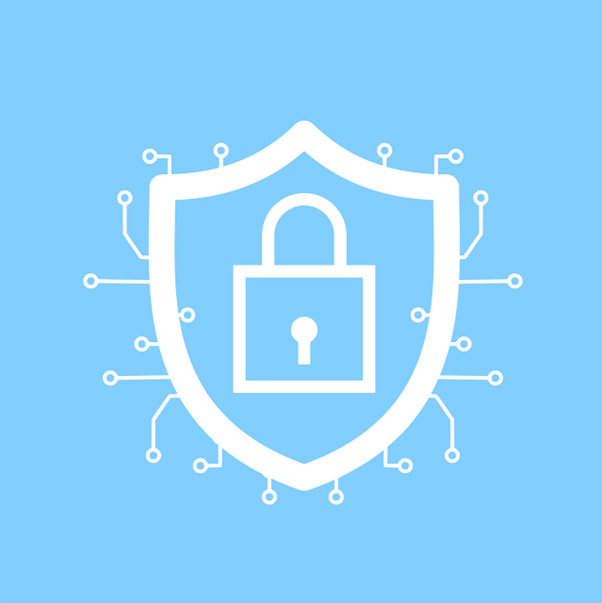If you’ve ever received a text message that appears to come from your own phone number, you’ve likely encountered a smishing scam. Cybercriminals use VoIP technology and spoofing software to make these messages look legitimate.
The goal? To confuse you and trick you into clicking a malicious link that installs malware or steals personal information.
If you ever receive a suspicious text, especially one that looks like it’s from your own number—do not click any links or reply. Delete the message immediately. Many mobile carriers now allow you to report SMS phishing scams directly from your phone.

